DE PALMA VS DE PALMA - BOOK & FEST IN SPAIN, NOV '18
MOLINS DE REI HORROR FILM FEST, NOV 9-18; BOOK INCLUDES FORWARD BY KEITH GORDON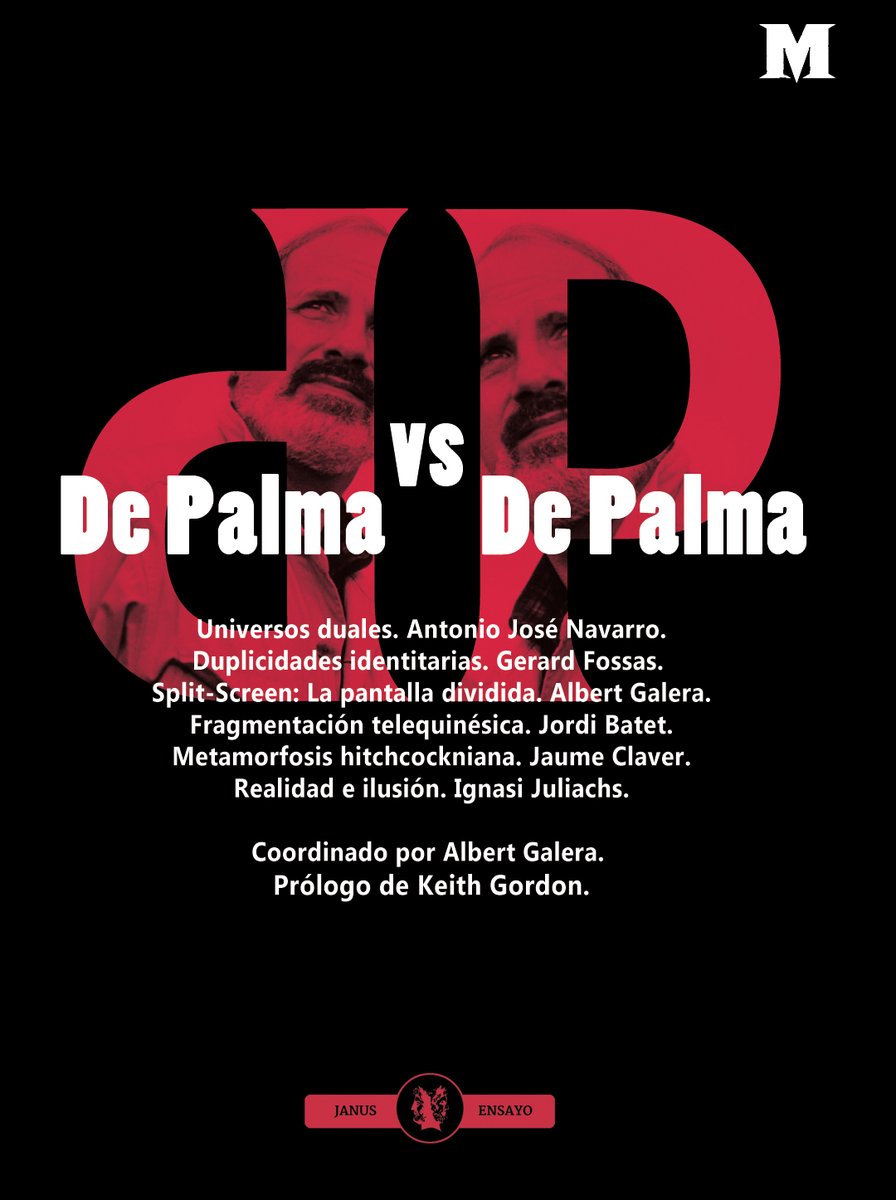
"De Palma vs De Palma" will be the leitmotif for the
2018 Molins de Rei Horror Film Festival, which runs November 9-18, 2018, in Catalonia, Spain. "At 77 years of age, De Palma is still one of the North-American directors whose work is expected around the world," states
Albert Galera, Arts Director of the festival, in a statement on the fest website. "It is beyond doubt that his latest film,
Domino, is bound to be one of the favourites of 2018. De Palma is a synonym of respect, cinephilia, passion, skills, talent… Besides the premiere of his latest film, this year is the 40th anniversary of
The Fury (1978), one of the greatest horror films that he has offered throughout a filmography which has developed for almost six decades."
Galera closes by saying, "Our fascination for Brian De Palma’s films, his personal and essential way of approaching horror, and his ability to seduce us again and again are the reasons why the 37th edition of the Molins de Rei Horror Film Festival is going to focus on mainly three words: Brian De Palma. This is going to be a year concerned with long sequence shots, split up screens, direct and metaphoric open-ups, provocation, desire and meddling. Now, get dressed to kill, free all your fury and get ready for a prom night bound to have amazing effects."
In addition, a book will be published ahead of the festival, also titled De Palma vs De Palma. El Terror Tiene Forma's Jesus Marti provides a nice rundown of the book:
El Festival de Cine de Terror de Molins de Rei (TerrorMolins) and Editorial Hermenaute collaborate for the third consecutive year in what will be its 37th edition with a book about the career of the North American director Brian De Palma. The veteran festival, which will be held from November 9 to 18, this year has as its central theme the director of Sisters and Phantom of the Paradise. The book reviews the extensive film career of the director of Carrie and Carlito's Way among other essential films. It is a collective essay around the work of the great filmmaker, the great protagonist of the 2018 edition of the Terror Film Festival of Molins de Rei.
Under the title of De Palma vs. De Palma, the book explores many of the essential concepts of the work of De Palma from the personal vision of six authors, each of which focuses its individual analysis on one of these constants. Keith Gordon, actor in two films by Brian De Palma and American filmmaker, contributes with an emotional forward.
De Palma vs. De Palma is a book that deals with formal duality, split identity, aspects such as the split screen and the methodical amplification of Alfred Hitchcock's legacy. A book that avoids the hackneyed chronological analysis and offers an interesting discourse about the work of the New York based director in six complementary articles. De Palma vs De Palma gets, from the analysis of the filmography of the director of Dressed To Kill, make us rethink the discourse of his work and discover new theories. A book that vindicates the figure of one of the best and most controversial filmmakers in history; an essential essay for every movie buff and any curious reader interested in psychology, art, sociology and other fields intimately related to the seventh art, the thriller and the fantastic.
Coordinated by Albert Galera, the book has the signatures of Antonio José Navarro, Gerard Fossas, Jordi Batet, Jaume Claver, Ignasi Juliachs and the same Albert Galera, artistic director of TerrorMolins, writer and film historian.
Cover design: Marta Torres.
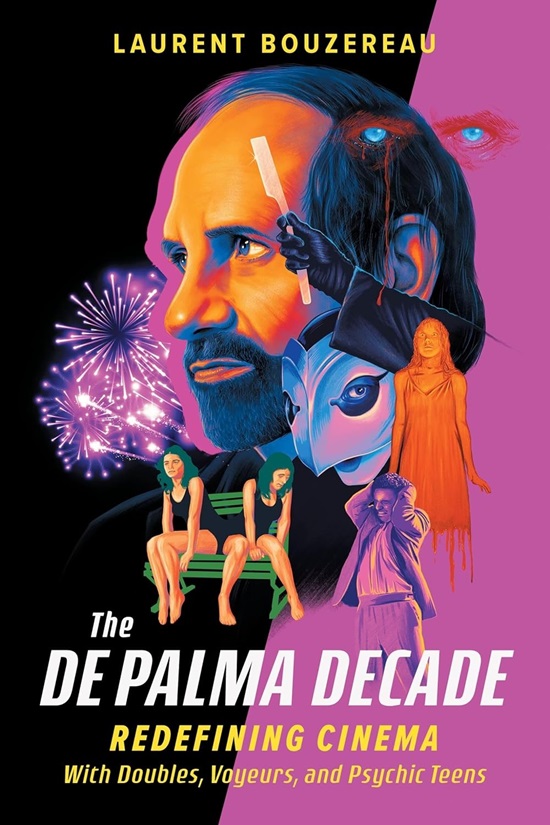

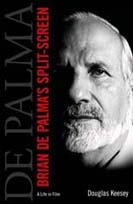



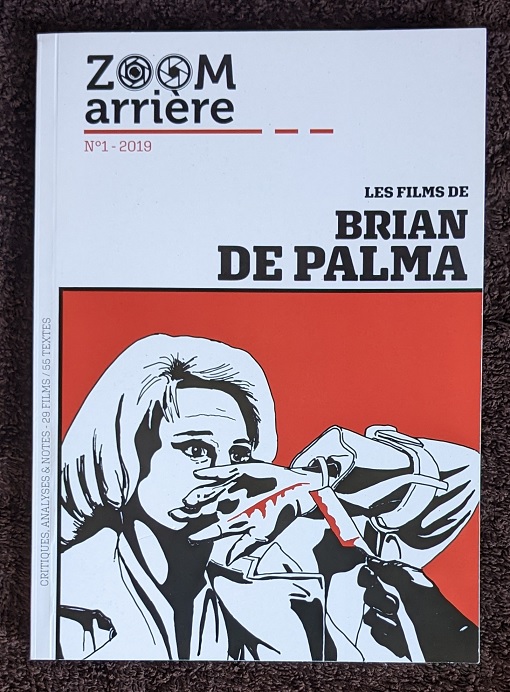


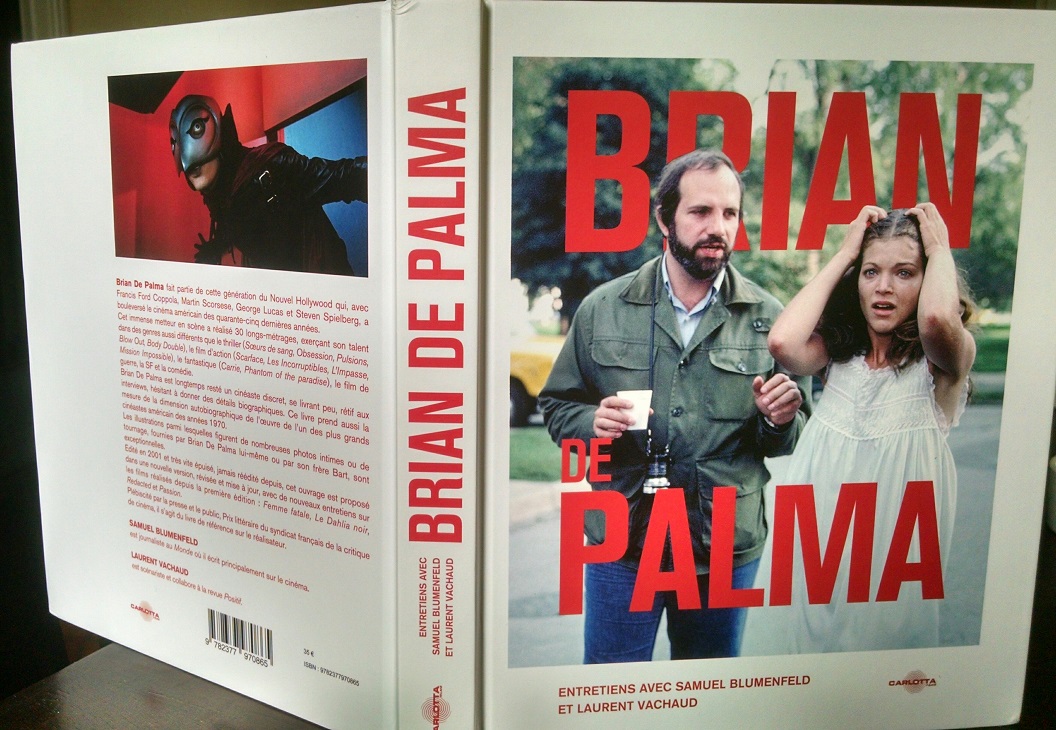


 On November 7,
On November 7, 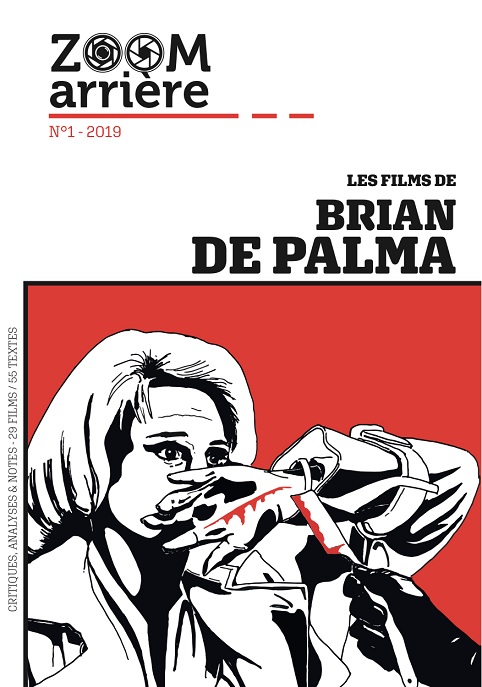 The French-language blog
The French-language blog  "De Palma vs De Palma" will be the leitmotif for the
"De Palma vs De Palma" will be the leitmotif for the 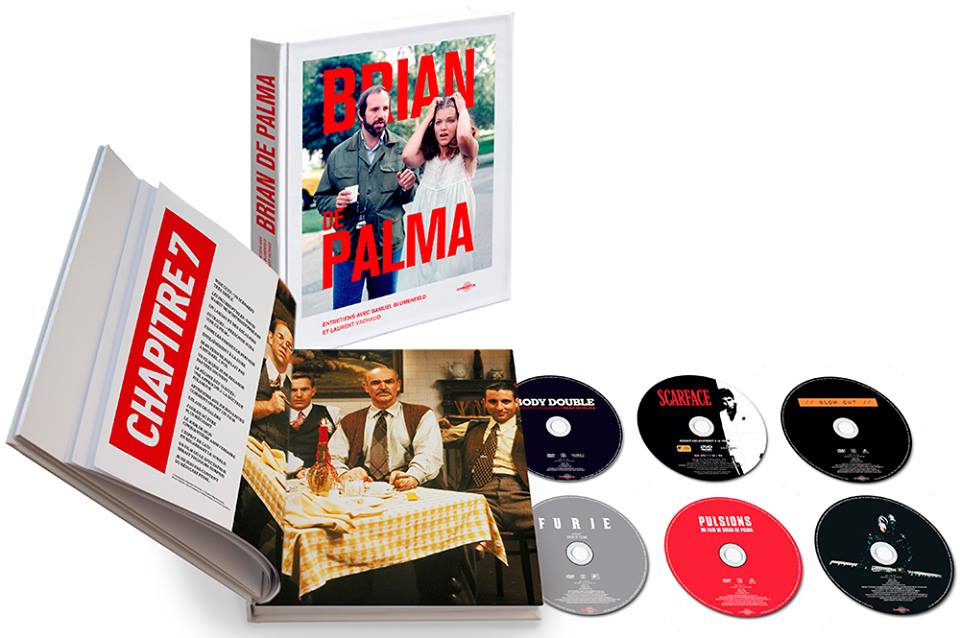
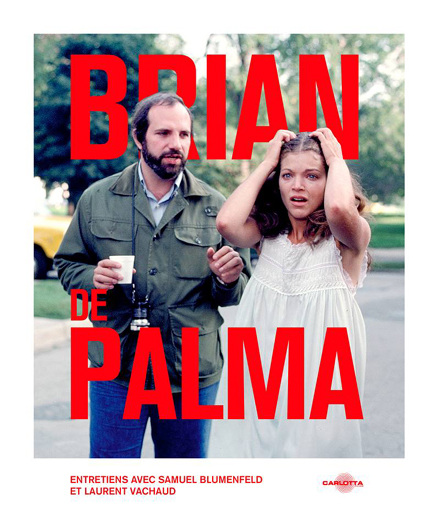
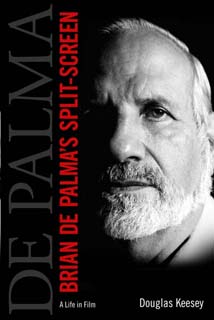 On Monday,
On Monday,